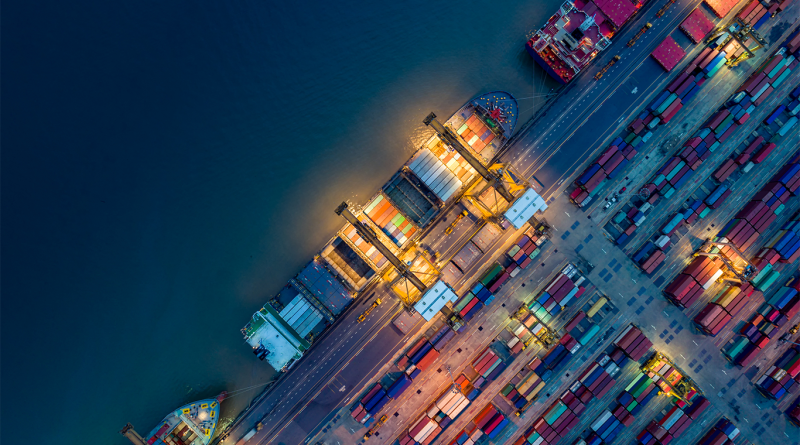Key Supply Chain Visibility Trends for 2024
Navigating the complexities of modern supply chains requires an unprecedented level of visibility and adaptability. In the face of evolving challenges and technological advancements, 2024 stands as a pivotal year for supply chain management. This comprehensive exploration delves into the transformative trends shaping the landscape of supply chain visibility and the strategic responses businesses must consider to stay competitive.
Enhancing Visibility Beyond Tier 1 and 2 Suppliers
“The lack of visibility across the layered tiers of a supply chain has major implications for organizations,” KPMG notes, emphasizing the necessity to “break the barrier of visibility beyond Tier 1” to uncover deeper insights and new risks within the supply chain (KPMG). This approach is not just about risk mitigation but also about driving Environmental, Social, and Governance (ESG) goals through improved traceability and transparency. By implementing technologies such as digital twins and control towers, businesses can achieve a clearer insight into their supply chain, “surface critical sub-tier supplier relationships, highlight common sub-tier suppliers, factory locations and provide clear insight into the depth of an organization’s supply chain.”
The Shift Towards ESG and Scope 3 Emissions Tracking
KPMG underscores the focus shift towards Scope 3 emissions, highlighting the exponential complexity in assessing emissions throughout the entire value chain. “Establishing a solid emissions baseline is essential for monitoring progress and setting ambitious reduction targets,” KPMG advises, pointing out the need for digital platforms that centralize supplier emissions data for easier integration into sustainability reporting (KPMG). The consultancy firm’s insights on targeting reductions in carbon emissions through primary information from suppliers and the use of hybrid carbon accounting methodologies offer a strategic pathway for businesses committed to environmental stewardship.
The Rise of Low-code Platforms in Supply Chain Management
Addressing the complexity and dynamism of supply chains, KPMG highlights the emergence of low-code platforms as a significant trend. These platforms facilitate “rapid application development and integration,” representing a paradigm shift in operational approaches by enabling businesses to swiftly adapt their applications to new market conditions or strategies (KPMG). The potential for low-code platforms to “modernize legacy systems, automate processes and connect disconnected systems” is particularly noteworthy, pointing towards a future where supply chains are not just managed but are agile, resilient, and predictive.
Digitalization Trends Driving Supply Chain Evolution
The digitalization of supply chains continues unabated, driven by the need for increased productivity, resilience, and visibility. Advances in analytics, cloud computing, AI, and machine learning are enabling a transformation from reactive to proactive and predictive management models. These technologies allow for the analysis of vast datasets, optimization of route planning, and enhancement of forecasting accuracy, thereby optimizing various supply chain processes and improving decision-making capabilities (Logistics Management) (Detrack).
Integrating Advanced Technologies for Supply Chain Resilience
Technologies such as IoT devices, digital twins, blockchain, and cybersecurity measures are pivotal in enhancing operational efficiency, transparency, and resilience within supply chains. IoT and digital twins offer real-time monitoring and simulation capabilities, blockchain ensures transparency and traceability, while robust cybersecurity protocols protect the integrity of interconnected supply networks. Together, these technologies enable businesses to navigate the complexities of modern supply chains, mitigate disruptions, and foster a more agile and responsive ecosystem (Detrack).
Businesses that are quick to adopt and integrate these trends into their operations will not only enhance their supply chain visibility but also secure a competitive advantage in an increasingly complex and unpredictable marketplace. The journey towards a more transparent, efficient, and sustainable supply chain is both a challenge and an opportunity, one that demands a proactive and informed approach to navigate successfully.
Sources:
- KPMG Global – Supply chain trends 2024: The digital shake-up
- Logistics Management – Supply Chain Digitalization Trends for 2024 and Beyond
- Detrack – 20 Supply Chain Trends for Businesses to Watch in 2024
- Fast Company – Supply chain visibility: Why it matters and the trends to look for
